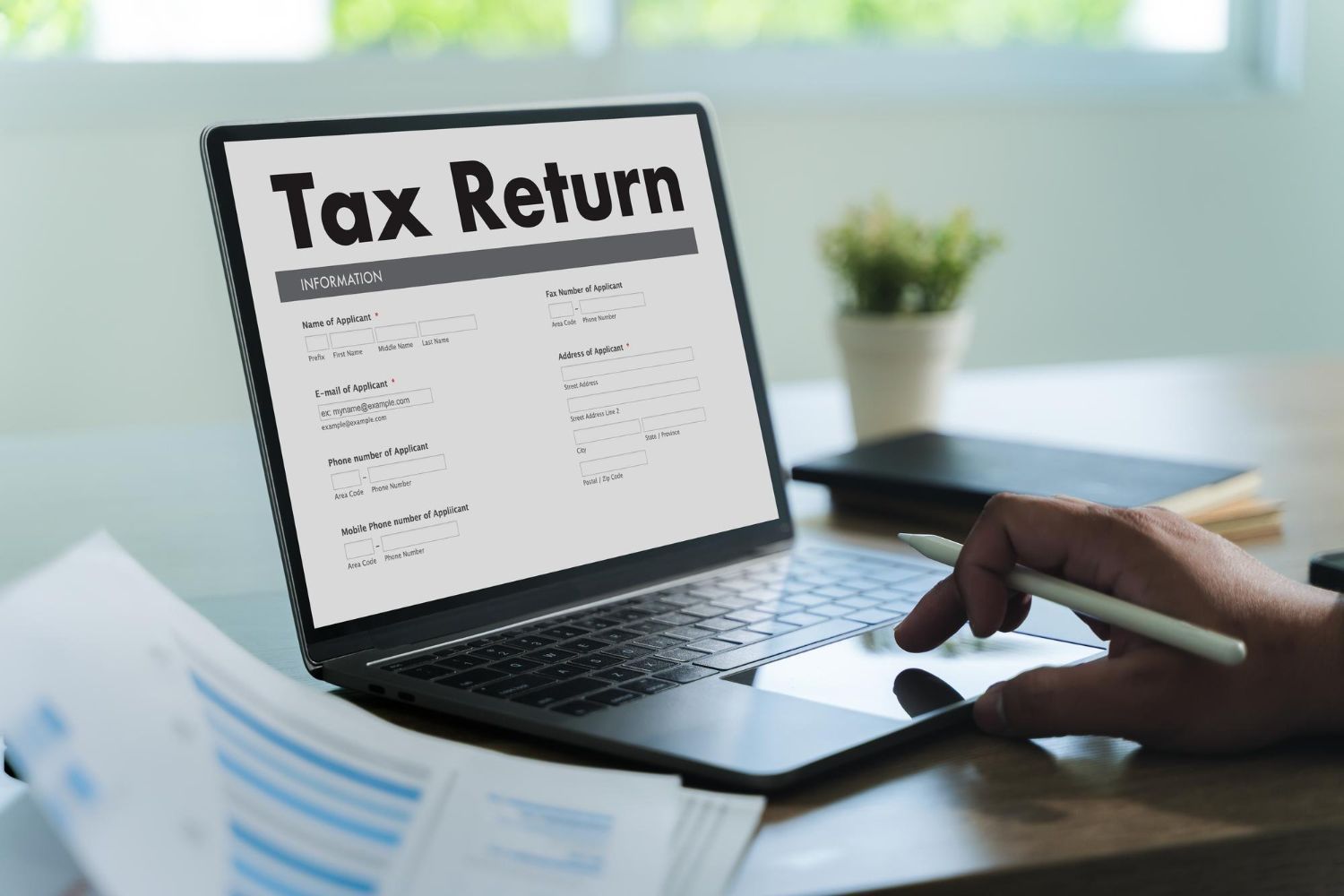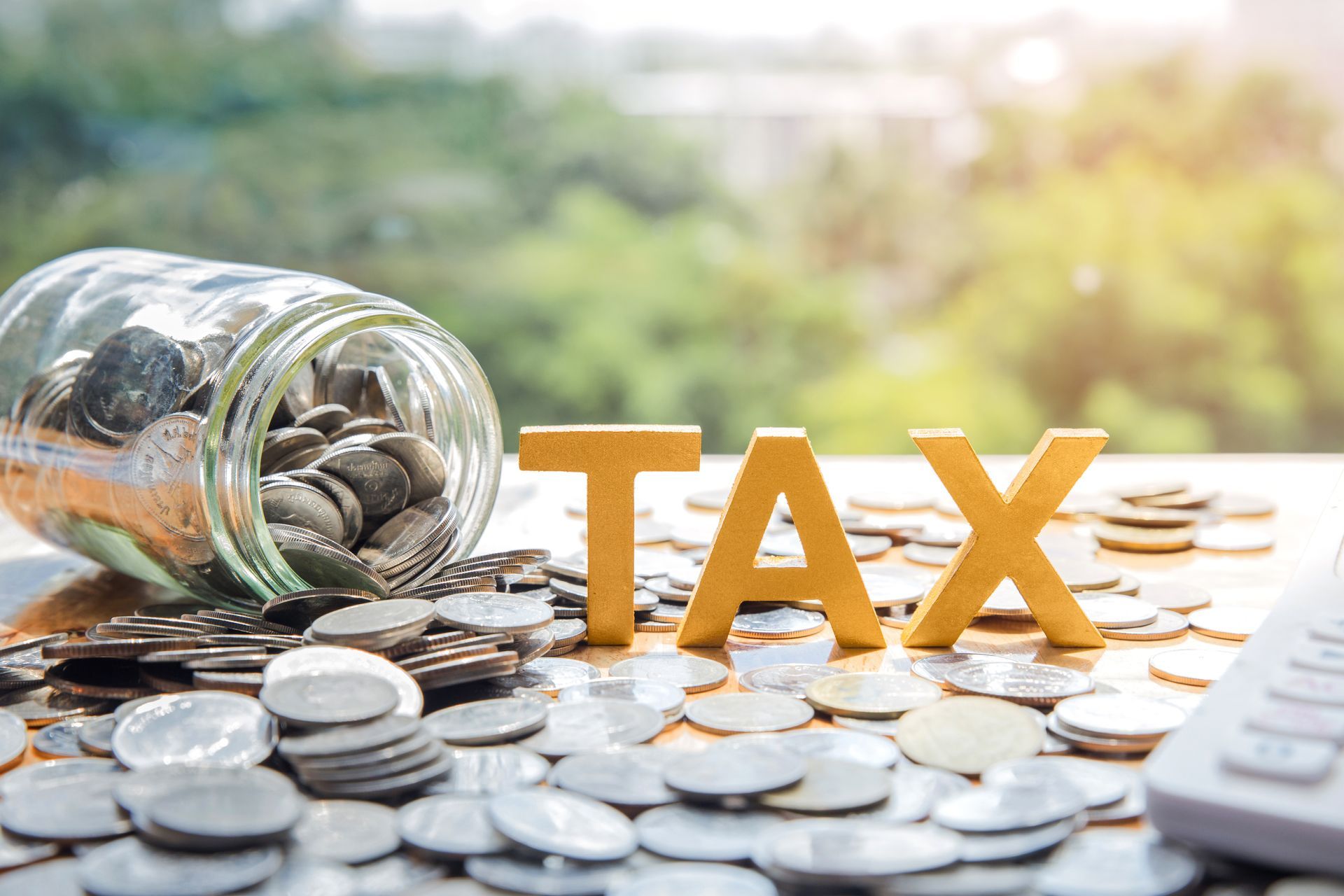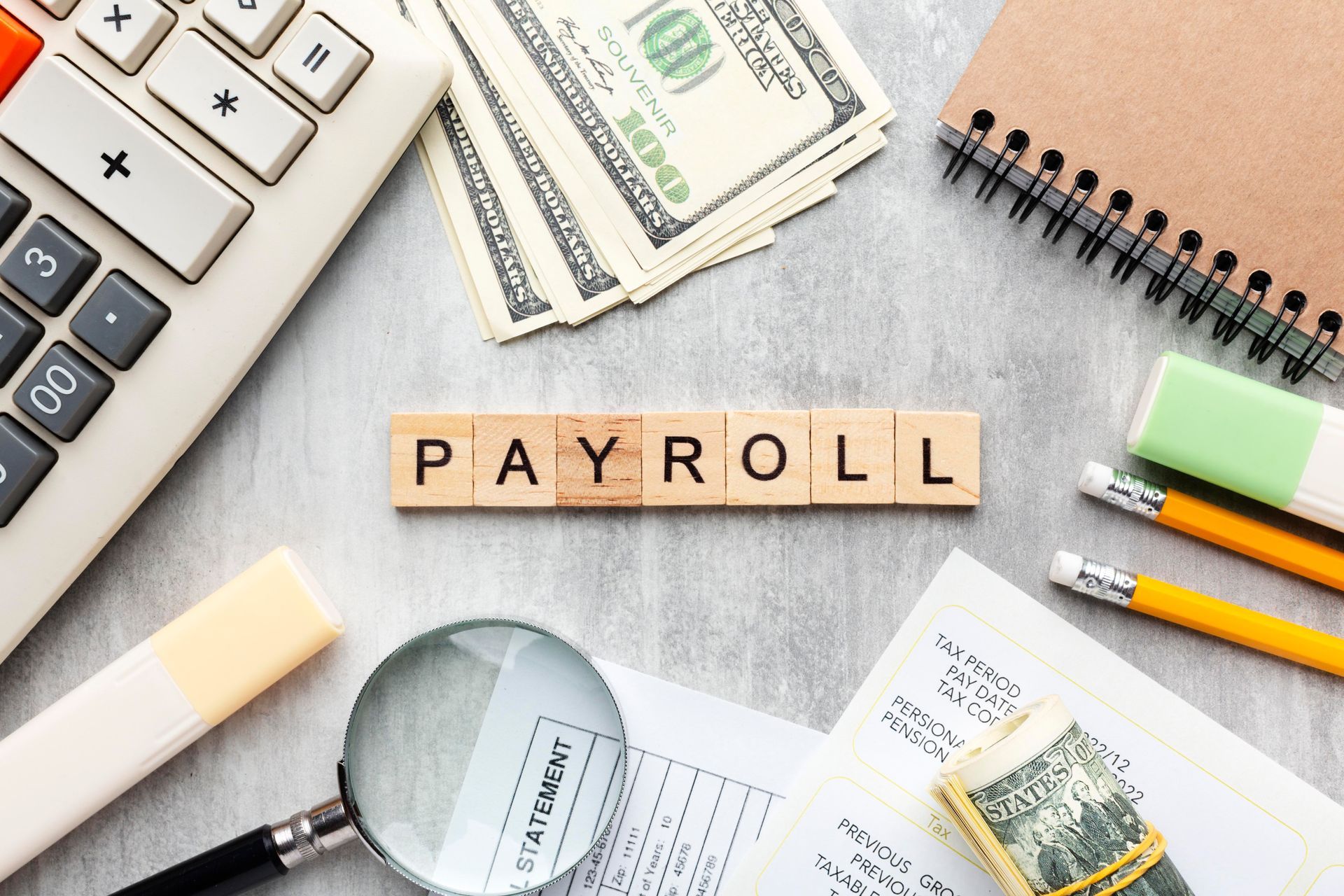COVID Recovery: Which Benefit Programs Have Ended?
Over the past couple of years, Canadian businesses have faced significant challenges in maintaining their operations due to the COVID-19 pandemic, which led to intermittent lockdowns throughout the country benefit programs have ended. To support these businesses, various benefit and relief programs were implemented during this period to ensure their survival. Fortunately, as the pandemic gradually recedes, businesses are returning to their regular operations. However, it is crucial to be aware of the programs that have concluded.
End of Canada Worker Lockdown Benefit Programs that Have Ended (CWLB) – May 7
The Canada Worker Lockdown Benefit (CWLB), which provided temporary income assistance to employed and self-employed individuals unable to work during pandemic-related lockdowns, has come to an end on May 7. This program was specifically available to individuals in regions that were subject to lockdown measures.
Eligible recipients of the CWLB received $300 per week (with $30 deducted for taxes) and had the option to apply for up to 60 days after their region became eligible for the benefit programs. However, since mid-March, there have been no further public health lockdowns, and retroactive applications are now mostly closed in the majority of regions.
End of Canada Emergency Wage Subsidy (CEWS) – October 23, 2021
The Canada Emergency Wage Subsidy (CEWS) was established to provide financial support to businesses facing a decline in revenue ranging from 15% to 30%, allowing them to receive a subsidy covering 75% of their employees’ wages for benefit programs. This subsidy program was in effect from March 15, 2020, until it concluded on October 23, 2021. It’s important to note that as of April 22, 2022, employers are no longer able to apply for any missed pay periods under the CEWS for benefit programs.
End of Tourism and Hospitality Recovery Program (THRP) and Hardest-Hit Business Recovery Program (HHBRP) – May 7
The Tourism and Hospitality Recovery Program (THRP) and the Hardest-Hit Business Recovery Program (HHBRP) were introduced as replacements for the CEWS, specifically targeting industries struggling to bounce back from the impact of the pandemic, particularly in the tourism and hospitality sector. These programs aimed to subsidize employee wages and assist employers in rehiring workers to resume normal operations.
Both the THRP and HHBRP were active from October 24, 2021, until their recent conclusion on May 7, 2022. Employers are reminded that they have until May 19, 2022, to submit final claims for this benefit, emphasizing the importance of acting promptly to meet the deadline.
End of Canada Recovery Hiring Program (CRHP) – May 7
Similar to the THRP and HHBRP, the Canada Recovery Hiring Program (CRHP) was implemented to assist businesses in the process of rehiring employees. This program was available from June 6, 2021, until its conclusion on May 7, 2022.
End of Canada Recovery Sickness Benefit (CRSB) – May 7
The Canada Recovery Sickness Benefit (CRSB) provided financial support to employed and self-employed individuals who were sick or required self-isolation due to COVID-19. It also aimed to assist those with underlying health conditions that made them more susceptible to contracting the virus. Under this program, eligible individuals could receive $500 per one-week period (with $50 deducted for taxes) for up to six weeks. The CRSB was active from September 27, 2020, until May 7, 2022. Although the benefit has ended, individuals still have until July 6, 2022, to apply for the final pay period.
Also Read: Are tipping subject to taxation in Canada?

For businesses that are still grappling with the effects of the pandemic, there are various programs and resources that can offer assistance. Some notable examples include the Jobs and Growth Fund, the Tourism Relief Fund, and the Canada Community Revitalization Fund, among others. These programs aim to provide support to businesses
in different sectors, aiding in their recovery and growth.
Furthermore, small businesses can explore financing options provided by the Business Development Bank of Canada, which offers financial resources tailored to the needs of small enterprises.
Overall, both individuals and businesses impacted by COVID-19 have access to a range of support programs and resources designed to provide assistance during these challenging times.
The COVID-19 pandemic brought about unprecedented challenges that led to the introduction of various government benefit programs to support individuals, businesses, and communities for benefit programs. As the situation evolves, it’s crucial to stay informed about which benefit programs have ended and what this means for your financial situation. In this blog, we will explore some of the key COVID-19 benefit programs that have concluded and what steps individuals and businesses can take moving forward.

For businesses that are still grappling with the effects of the pandemic, there are various programs and resources that can offer assistance. Some notable examples include the Jobs and Growth Fund, the Tourism Relief Fund, and the Canada Community Revitalization Fund, among others. These programs aim to provide support to businesses in different sectors, aiding in their recovery and growth.
Furthermore, small businesses can explore financing options provided by the Business Development Bank of Canada, which offers financial resources tailored to the needs of small enterprises.
Overall, both individuals and businesses impacted by COVID-19 have access to a range of support programs and resources designed to provide assistance during these challenging times.
The COVID-19 pandemic brought about unprecedented challenges that led to the introduction of various government benefit programs to support individuals, businesses, and communities for benefit programs. As the situation evolves, it’s crucial to stay informed about which benefit programs have ended and what this means for your financial situation. In this blog, we will explore some of the key COVID-19 benefit programs that have concluded and what steps individuals and businesses can take moving forward.
1. Canada Emergency Response Benefit (CERB)
The Canada Emergency Response Benefit (CERB) was a significant financial lifeline for many Canadians who lost their jobs or income due to the pandemic. CERB provided temporary financial support for eligible individuals. However, the CERB program officially ended in September 2020.
What to Know: If you were receiving CERB, it’s essential to understand the transition to other government programs like Employment Insurance (EI) or the Canada Recovery Benefit (CRB) if you continue to face income challenges. Ensure that you meet the eligibility criteria for these programs and apply accordingly.
2. Pandemic Unemployment Assistance (PUA) in the U.S.
In the United States, the Pandemic Unemployment Assistance (PUA) program was established to provide unemployment benefits to individuals who wouldn’t typically qualify for state unemployment insurance. This program played a vital role in helping gig workers, freelancers, and the self-employed during the pandemic. However, PUA benefits ended in September 2021.
What to Know: If you were receiving PUA benefits, explore alternative sources of financial assistance, such as state unemployment insurance, if eligible. Additionally, consider looking for new income opportunities or seeking training and skill development programs.
3. Paycheck Protection Program (PPP) for Businesses
The Paycheck Protection Program (PPP) in the United States provided forgivable loans to businesses to help cover payroll and certain other expenses for benefit programs. The program aimed to keep employees on the payroll during economic uncertainty. While PPP loans have been fully allocated, forgiveness applications are still being processed.
What to Know: If your business received a PPP loan, be sure to understand the forgiveness requirements and deadlines. Compliance with these requirements can convert the loan into a grant, reducing the financial burden on your business.

4. Mortgage Forbearance Programs
Mortgage forbearance programs allowed homeowners to temporarily pause or reduce mortgage payments due to financial hardship caused by the pandemic. These programs provided much-needed relief to many homeowners. However, they are gradually concluding, and homeowners will need to resume regular payments.
What to Know: If you participated in a mortgage forbearance program, communicate with your lender to understand the terms of repayment. Explore available options, such as loan modifications or refinancing, if needed, to make your mortgage more manageable.
5. Eviction Moratoriums
Eviction moratoriums were put in place in various countries to protect tenants from losing their homes during the pandemic. These measures temporarily prevented landlords from evicting tenants for non-payment of rent. However, many eviction moratoriums have ended or are being phased out.
What to Know: If you were protected by an eviction moratorium, benefit programs understand the current regulations in your area and be prepared for changes in your housing situation. Communicate with your landlord or property management company to discuss payment plans and arrangements.
Conclusion
As governments around the world continue to adjust their responses to the ongoing COVID-19 pandemic, it’s crucial to stay informed about changes to benefit programs and support measures for benefit programs. If you have been relying on these programs, explore alternative options, seek financial advice if necessary, and adapt your financial strategies to navigate the evolving landscape. By staying proactive and informed, you can better manage your finances during these uncertain times.
The post COVID Recovery: Which Benefit Programs Have Ended? appeared first on DBM Accounting | David B. McKeand Professional Corporation.
Share This Blog











